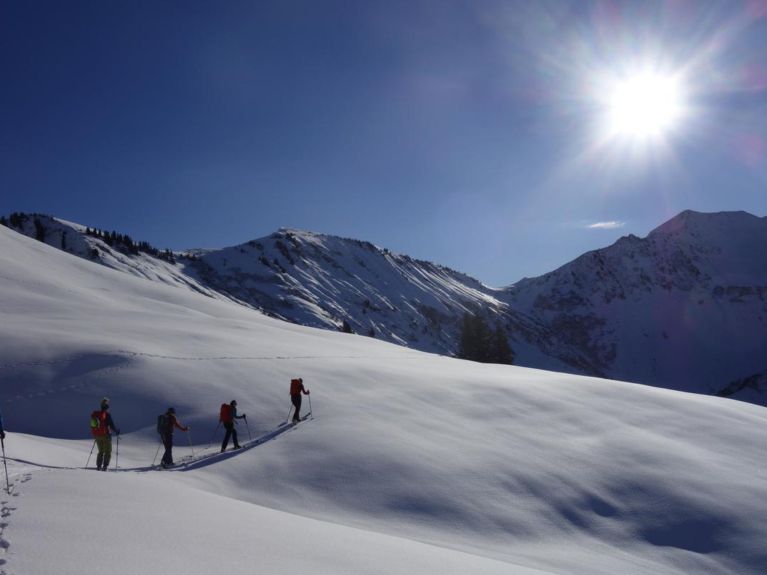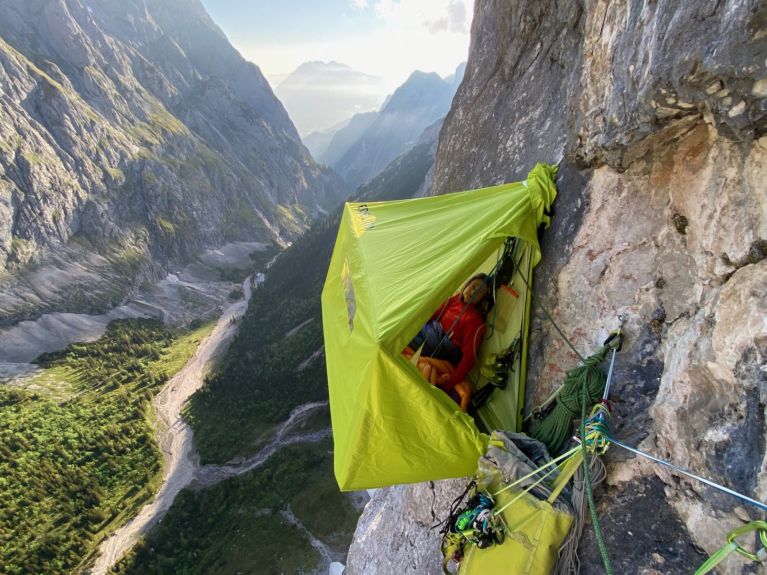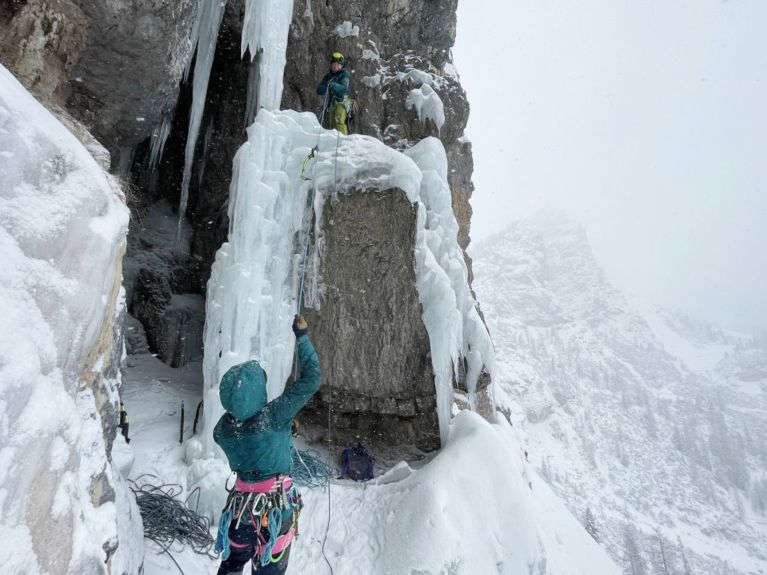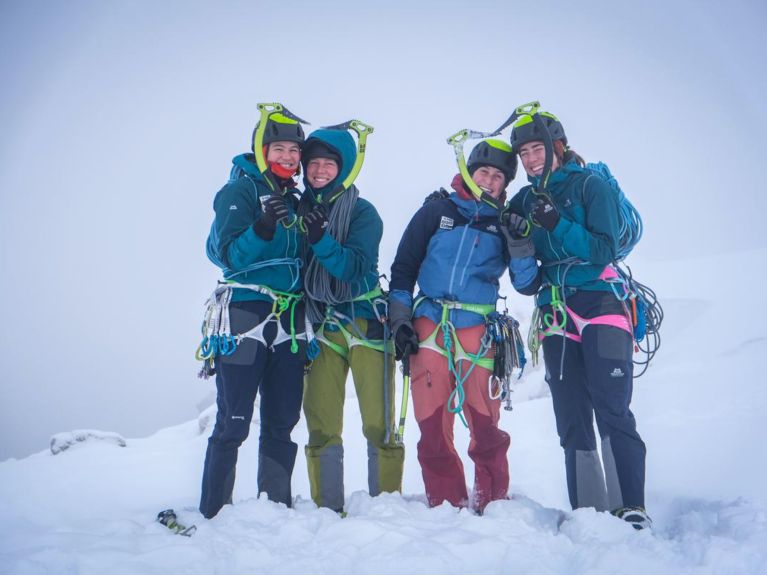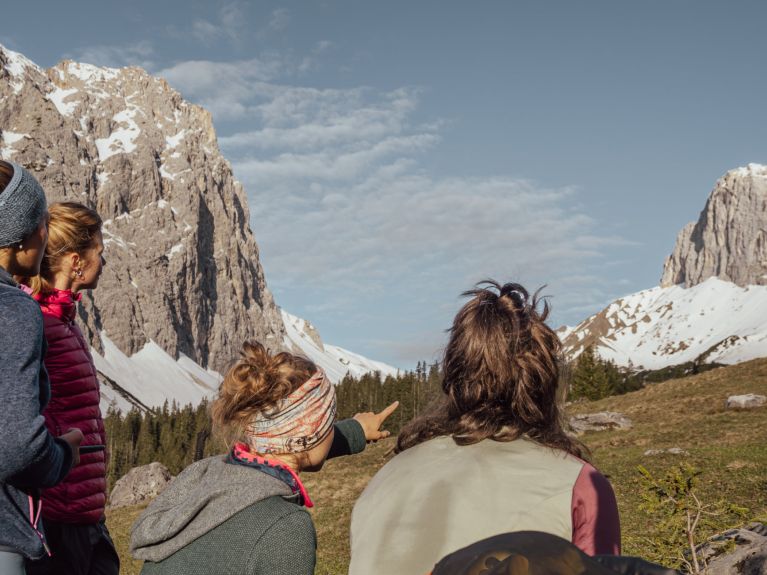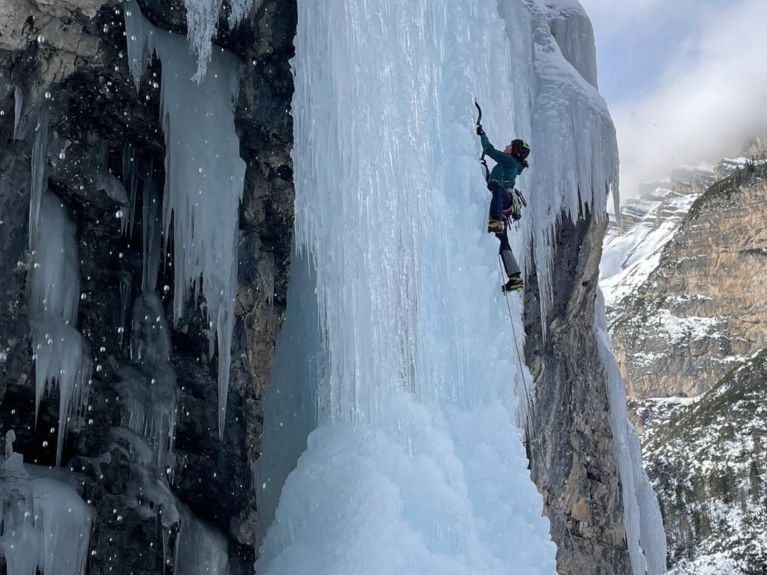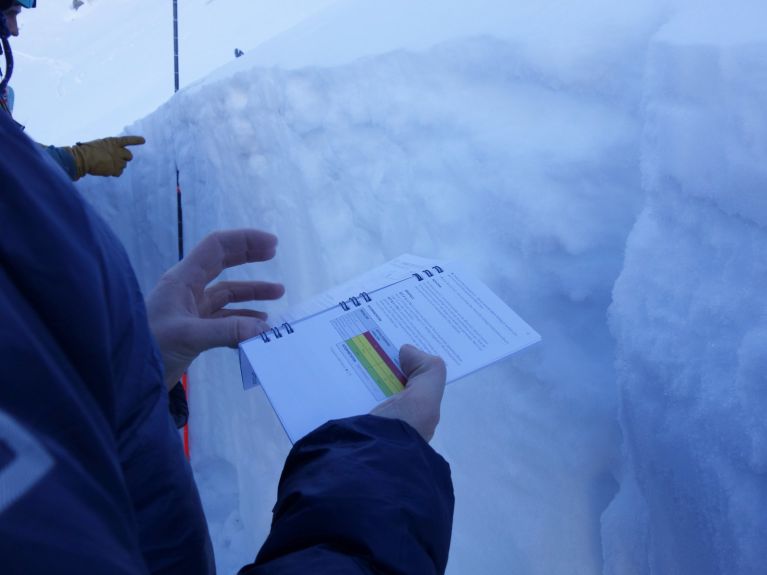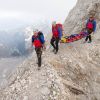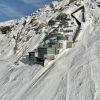“Emotions are always part of the mountain experience”
What draws people to face such extreme physical and mental challenges in the mountains? Female mountaineers share their perspectives.
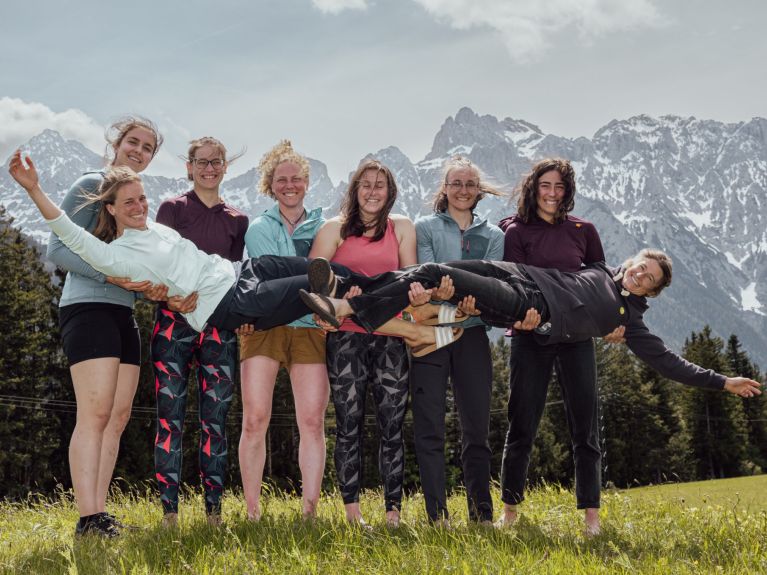
“Alpine sports take up 100 per cent of your time. You have to be able to perfectly combine peak physical and mental performance with the right tactics. That’s what makes this sport so special,” says Dörte Pietron. She is the coach of the women’s expedition team run by the German Alpine Club (DAV). Experienced female mountaineers are selected from among 50 applicants for the DAV’s elite squad in advanced mountaineering. They undergo three years of intensive training in theory and practice at the very highest level and prepare for a joint expedition. Coach Dörte Pietron founded the women’s expedition team in 2011. Before that she was the only female member of a mixed team. “The idea behind the teams is to promote not only broad-based participation but also an elite level of mountaineering within the Alpine Club.”
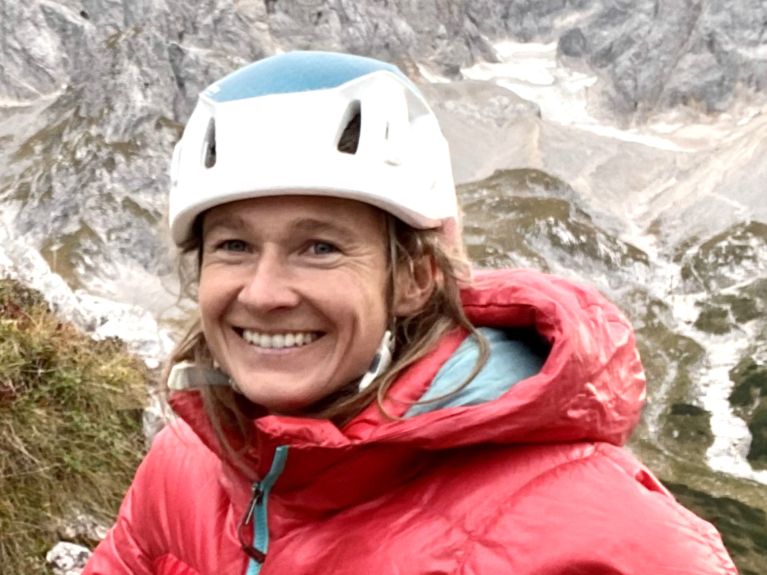
The programme ends with a group expedition.
The team consists of six women mountaineers and two coaches. Over the three years of training, the team attends several training camps and is taught techniques such as big wall, trad and ice climbing. The women learn these various climbing styles both in theory and in practice. “In the second year we head out into the field, applying what has previously been learned in a controlled environment,” says Pietron. Most of the training takes place in the German Alps. At the end of the training period, a group expedition is organised. Here, the focus is not just on physical and mental capacity, but also on planning, equipment and tactics. Recent destinations have included Greenland, Tajikistan and India.
Personal development is another key aspect of the training programme. “I can experience the full range of emotions in the team – brave, scared, excited. Emotions are always part of the mountain experience,” says team member Anna Gomeringer. “We work as a team and push each other forward.” It’s about getting to know yourself better and building trust. Gomeringer particularly remembers one moment: she and her climbing partner were standing in front of a rock face and she thought she wouldn’t make it to the top. But Dörte Pietron encouraged her to keep going. “Knowing that my coach believed in me and had the confidence in me to do it was a very special feeling. It gave me a lot of self-confidence,” says Gomeringer.

The Alps offer a “demanding and wild environment”
Both women live in the southern German Alps. For them, Alpine sport is a part of their lives. Living so close to the mountains makes it possible. Coach Dörte Pietron is especially active in the Höllental valley near the Zugspitze. “I love the Alps. They offer a demanding and wild environment. And the view from the top over the plains – it’s simply incomparable,” says the mountaineer.
German Alpine Club
The German Alpine Club is the largest mountaineering organisation in the world. It was founded back in 1869. Today it has 355 local branches with a total of over 1.5 million members. The club operates 325 mountain and refuge huts. It is a member of the German Olympic Sports Confederation (DOSB).
